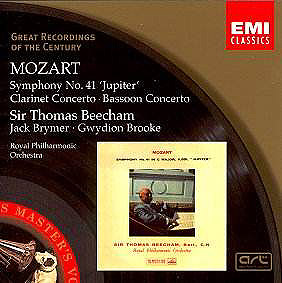 Composer: Inessa
Composer: Inessa
Works: Albinoni: Adagio; Bach: Ei wie schmeckt der Coffee (Cantata 144); Caccini: Amarilli mia bella; Bach: Quia respexit (Magnificat); Bach: Seufzer, Tränen, Kummer (Cantata 21)
Performers: Inessa Galante (soprano); Orchestra of Latvian National Opera/Aleksandrs Vilumanis; London Musici/Mark Stephenson
Recording: Riga Recording Studio, Latvia 1995; St Silas Church, Kentish Town 1999
Label: Campion Records RRSP 8001
Inessa Galante’s “Galante EP” presents a collection of baroque and early classical works, ostensibly designed to showcase the Latvian soprano’s vocal prowess. However, the juxtaposition of disparate pieces—from Albinoni’s haunting Adagio to Bach’s more intricate cantatas—reveals not just the challenges of thematic cohesion but also the limitations of a recording that seems to prioritize the artist’s image over the music itself. The EP, released under the Campion label, is a curious artifact that offers a glimpse into the popularization of classical music through the lens of a contemporary diva, raising questions about artistic intent and historical fidelity.
Galante’s interpretation of the Adagio is emblematic of the EP’s approach, marked by an overtly romanticized vocal line that, while melodious, lacks the necessary stylistic rigor that characterizes authentic baroque performance. The lush orchestration, led by Aleksandrs Vilumanis, engulfs the vocal line in a thick blanket of vibrato, obscuring the clarity of the melodic contours. Such a treatment, while appealing to some listeners, may strike purists as anachronistic, as it veers away from the restraint and elegance typically associated with Albinoni’s original composition.
In the selections from Bach, particularly the arias from Cantata 144 and Cantata 21, the interpretation oscillates between moments of earnest lyricism and unfortunate vocal strain. Galante’s diction, at times, falters—disentangling the intricate counterpoint of Bach’s music into an indistinct wash of sound. The “Quia respexit,” despite its brevity, is performed with an almost comical excess of vibrato, which diminishes the inherent gravity and textual clarity of Bach’s writing. This approach contrasts sharply with historically informed performances that prioritize text expression and clarity, leading to a lack of engagement with the music that could be deeply enlightening for the listener.
Recording quality plays an integral role in the overall experience of this EP. The acoustics of the Riga Recording Studio may lend a certain warmth, yet the production choices often draw attention away from the music itself. The orchestral accompaniment, lush and full, tends to drown out the voice rather than complement it, leading to a sonic imbalance that undermines the clarity of both the instrumental and vocal lines. This is further exacerbated in the arrangements, which, while intended to appeal to a broader audience, strip away the nuanced textures and dialogues that are fundamental to the baroque repertoire.
The EP undoubtedly has its appeal—its pleasantness and accessibility may endear it to a casual listener or a newcomer to classical music. However, for those with a discerning ear or a passion for authentic interpretations, the absence of stylistic authenticity and textual fidelity renders the album a missed opportunity. It exists in a realm where the music is secondary to the performer, a dynamic that may resonate with some but ultimately distances it from the baroque tradition it seeks to represent.
Galante’s “Galante EP” is a fascinating examination of the intersection between tradition and modernity. While it may find a home among casual listeners, it lacks the depth and rigor that would satisfy a more critical audience. The collection serves more as an introduction to the artist rather than a celebration of the music itself, leaving one to ponder the true essence of musical interpretation in the contemporary classical landscape.



